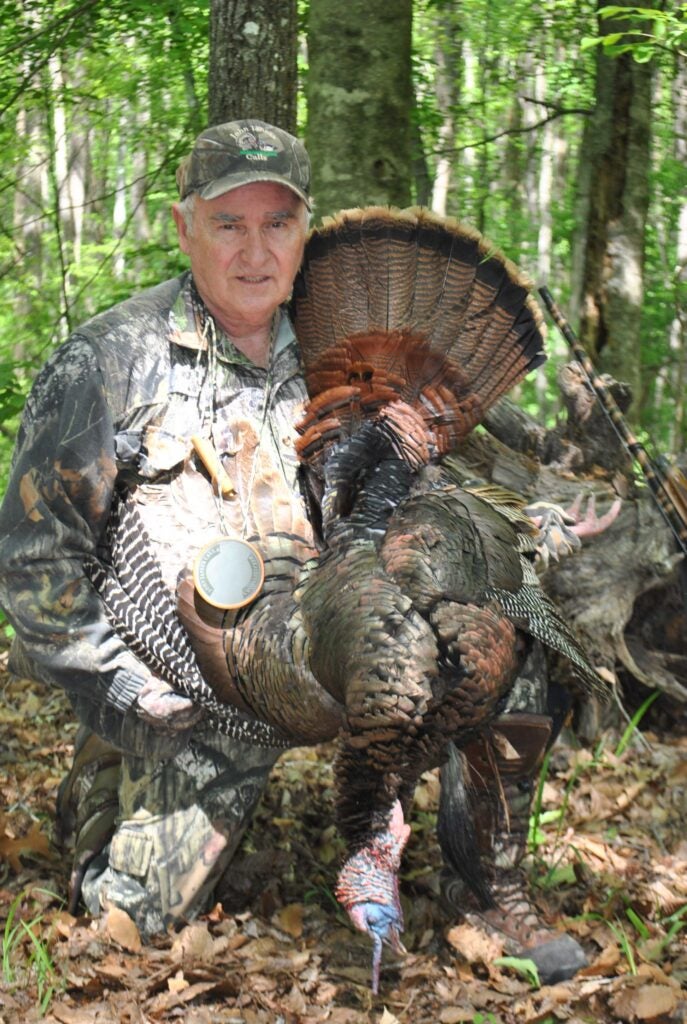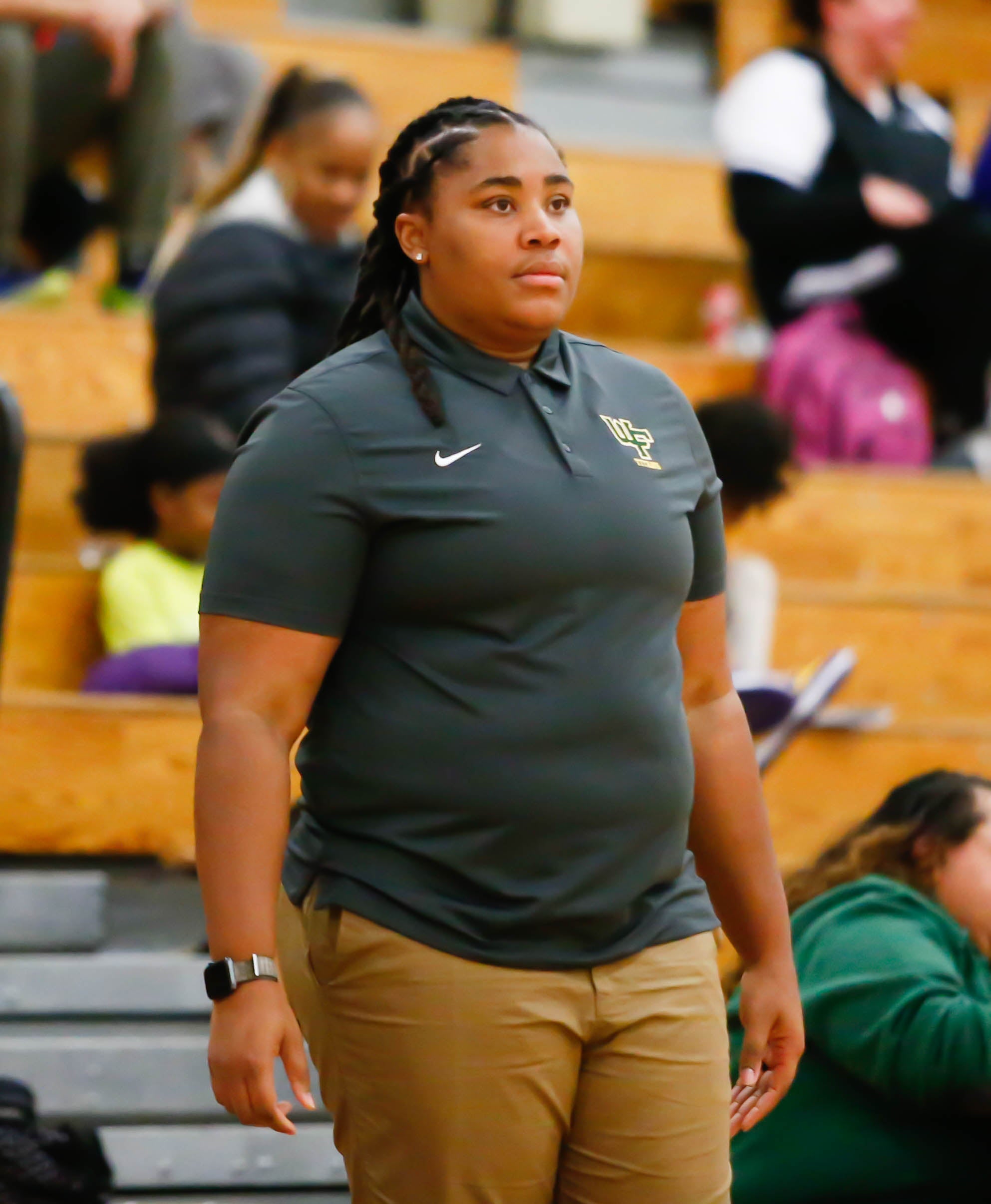State looks forward to another good spring turkey season
Published 12:00 am Thursday, April 4, 2024

- North Carolina hunters will have a chance to take on last year's record harvest when the season opens officially this month. - Dan Kibler
|
Getting your Trinity Audio player ready...
|
By Dan Kibler
For the Clemmons Courier
The fun begins at approximately 6:30 a.m. on Saturday, when hunters who haven’t reached their 18th birthday get to head into North Carolina’s woods in search of the most noble of all gamebirds, the eastern wild turkey.
The Tarheel State’s spring season for youth runs from April 6-12, and the statewide season for all hunters opens on April 13, for a run of five Saturdays, ending May 11.
Since the COVID season of 2020, North Carolina hunters have torn the record book apart, with the four largest single-season harvests in history, with last year’s statewide kill of 24,089 birds the all-time record. Youth hunters took almost 10 percent of that total; hunters on public lands accounted for about 5 percent.
Hannah Plumpton, the biologist who oversees wild turkey for the N.C. Wildlife Resources Commission, said this spring’s season should be pretty much in line with the past handful — but she won’t look much farther down the road.
“I think this season will be very similar to the previous few years, but maybe not as big as last year,” she said. “It should be comparable to the seasons we’ve had since 2020. It seems like we’ve had a lot of interest. All the data indicates (our population) is holding steady, but we’re still looking at it closely.”
North Carolina has avoided the precipitous drop in turkey population that has affected many of our neighbors to the south, in fact, states all across the Southeast. South Carolina’s harvest last spring was down almost 50 percent from its record in 2002, at 11,583. Georgia hunters took 11,950 birds, Alabama had 18,211 and Mississippi 11,257.
On the other hand, North Carolina and Virginia (24,447) set all-time spring harvest records.
Plumpton said a lot of North Carolina’s success has been related to a statewide flock that has remained on the increase in recent years, particularly in southeastern counties — the last among the state’s 100 counties to be stocked with birds when the commission got into the business of stocking and moving birds across the state. Last season, in fact, the top-5 counties in total harvest were all from that area: Duplin (823), Pender (689), Bladen (624), Sampson (585) and Columbus (544). Those are huge, largely agricultural counties where the birds have really taken hold, and the harvest per square mile has approached and even exceeded the harvest in traditional turkey strongholds like Caswell, Ashe and Alleghany counties.
Plumpton isn’t sure that trend can continue.
“A lot of it is still being moved by the coast,” she said. “We’re still getting a hunting boom in that area. I expect it to level out in the next few years.”
The commission’s harvest figures indicate that about 10 percent of all turkeys killed are jakes — immature male birds. Only bearded birds are allowed to be taken and hunters are limited to one per day and two per season. Plumpton said the woods aren’t likely to be filled with jakes this spring, with the agency’s summer observation survey showing reproduction at a historical low: 1.3 poults per hen, on par with the previous poorest hatch in 2020.
But 2- and 3-year-old gobblers should be out there in good numbers, with satisfactory hatches in 2021 and 2022 putting a lot of gobbling toms in the woods.
Mike Seamster, one of Plumpton’s predecessors as the commission’s turkey biologist, said the later in April the season begins — and Saturday is almost the latest it can begin, calendar-wise — the better the first week is for hunters, in terms of how much gobbling can be heard. When the season begins before April 10, he said, the second week is usually top-drawer. After April 10, it’s the opening week. It all has to do with when hens are being bred and gobblers are most active, sounding off the most.
Will coastal nursery areas get extra protection?
Fishermen who probe North Carolina’s saltwater areas have for years complained about the damage done to inshore fisheries by the by-catch associated with shrimp trawling. Over the years, the numbers have varied a bit, but in general, shrimp trawlers catch about 4 to 5 pounds of non-targeted finfish for every pound of shrimp harvested.
Recreational fishermen have complained constantly that the by-catch is damaging to inshore species, including spot, croaker, redfish, speckled trout and gray trout. At every turn, the N.C. Division of Marine Fisheries has foregone opportunities to rein in shrimping, with the only real restrictions being aimed at keeping to a minimum the number of endangered sea turtles that wind up in trawl nets.
Now, shrimpers may be under scrutiny again, with the NCDMF holding a series of three meetings next week to discuss the possibility of closing a number of inshore areas to shrimp trawls to protect Submerged Aquatic Vegetation — underwater grasses that serve as nursery and spawning areas for many finfish species.
Meetings are at 6 p.m. on April 9 at the Dare County Administration Building in Manteo, and April 10 and 11 at NCDMF offices in Morehead City — the latter meeting being aimed at shellfish and crustacaen populations. Attendance is in person or by livestream on YouTube.
An NCDMF plan is in place to protect and restore areas of SAV, as well as identify unprotected areas and recommend protective actions. The proposals are at the advisory committee level, and public comment will be received at the meetings. The plans and proposals could bring about further restrictions on inshore shrimp trawling, which will please plenty of recreational anglers.
More Sports





